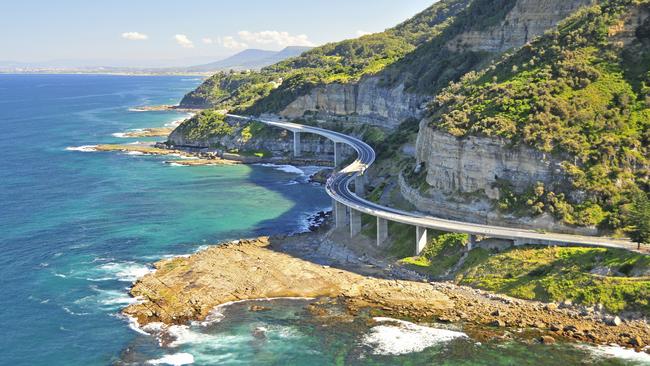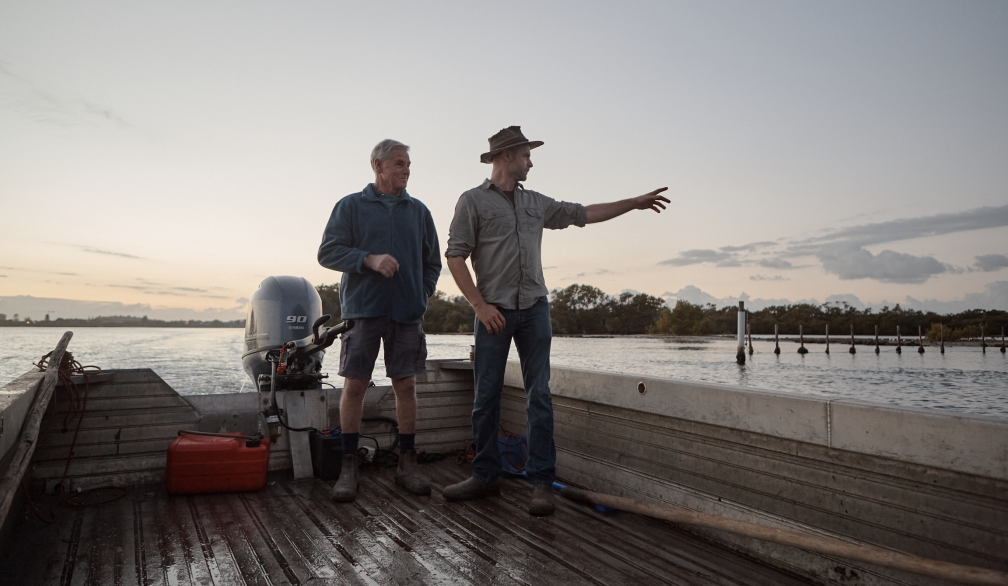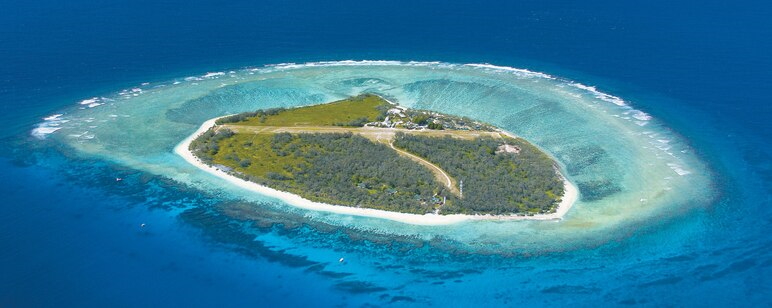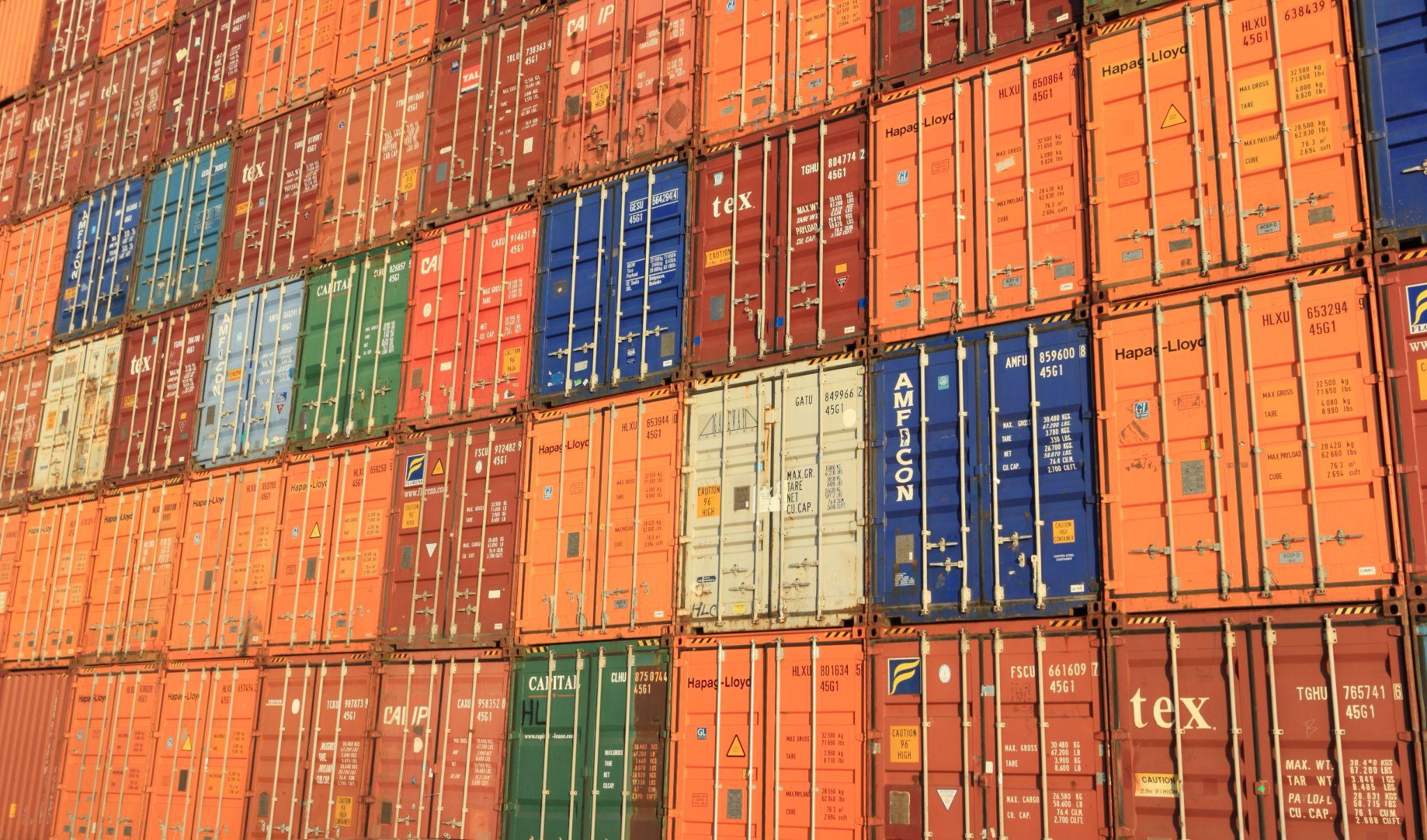No cash, no play? Have cost-of-living pressures impacted sports participation in Australia?
- Written by Vaughan Cruickshank, Program Director – Health and Physical Education, Maths/Science, Faculty of Education, University of Tasmania
Many Australians have in recent years been impacted by the cost-of-living crisis[1], but what about sport participation?
While many Australians, and their children, enjoy participating in sports, it can be a costly passion, hitting the hip pocket with costs such as equipment, registration, coaching and accident insurance.
Read more: Prepare to hear about an 'official recession'. Unofficially, we've been in one for some time[2]
Which sports are most popular in Australia?
The activities with the highest participation[3] by Australians of different age groups are shown in the table below.
These findings show some obvious differences between age groups – school-aged students participate in more team-based activities that require speed and agility, whereas Australians aged 55 and over prefer to participate in less intense aerobic activities.
Many of these sports are popular across genders and have been for decades. Examples of activities more popular with women and girls include netball and yoga, whereas cycling and Australian football are more popular with men and boys.
The popularity of online/virtual-based physical activities such as Zwift[4] or Nintendo Wii have increased dramatically in the past decade, with nearly 1.5 million[5] Australians estimated to have participated in 2023.
Read more: Richer schools' students run faster: how the inequality in sport flows through to health[6]
What are the benefits of playing sports?
Participating in sport can have numerous benefits[7], including better physical health and reduced risk of disease[8] and improved mental health, self-esteem and life satisfaction[9].
Studies from countries such as Australia[10], Japan[11] and the United States[12] have also reported sports participation can improve academic performance and educational outcomes.
What does it cost to play sport in Australia?
The Australian Sports Commission estimates Australians spent A$18.7[13] billion on sport and physical pursuits in the 2022-2023 financial year, up from $10.7 billion five years earlier.
While the population[14] of Australia has increased by nearly two million during this time, this spending raises questions about the rising cost of participation.
So, what does it cost to participate in sport in Australia?
Many sports can be played for free but the majority of children engage in organised sport, which incurs costs. A number of sports that require expensive equipment (such as golf[15], surfing[16] or sailing) or are undertaken indoors[17] (such as swimming, gymnastics, dancing) are already too costly for some lower income families to engage with.
Injuries can also involve substantial rehabilitation and treatment funds.
The Australian Sports Commission estimates Australian adults spend[18] an average of $1,304 annually for their sporting endeavours, up from the $796 five years ago.
They are also responsible for the costs incurred by their children’s sport participation[19] – an average cost of $1,369 per child, nearly doubling from the average cost five years ago.
These figures don’t include indirect costs such as new training outfits and footwear, transportation and parking fees.
A similar report[20] of 696 Australians found they were paying an average of around $1,500 to play a sport each season, with major costs including transport, uniforms, footwear, coaching, lessons and equipment. More than one-third of respondents in this study said they had larger credit card debts because of sporting fees.
The table below indicates expenditure on some popular activities[21] in Australia.
Have cost-of-living pressures impacted participation rates?
The cost-of-living pressures in recent years have contributed to the increasing cost of sports participation and the ability of families to pay them.
A recent report by UNICEF Australia[22] stated that more than half of Australian families are making sacrifices in their household budget to pay for children’s sport, or having to take their children out of sports due to rising costs.
A similar report from the United Kingdom[23] stated that while overall activity levels remained relatively stable after lockdown restrictions eased, the majority of people had adapted their behaviour by substituting paid activities with free alternatives, such as walking or cycling instead of driving, and cancelling gym and sports memberships and doing home-based activities instead.
The report stated people from lower socioeconomic backgrounds were most likely to have to change to lower-cost behaviours.
It’s not just individuals and families who are struggling, either. Recent “Your Sport Your Say[24]” research shows one in four small Australian sporting clubs were on the brink of collapse from cost-of-living impacts such as declining registrations, increased operating costs (such as power bills) and reduced volunteer numbers.
Some clubs described participation plummeting to almost zero during the pandemic, and now the rising cost of living has made it even more difficult to recover.
There are concerns[25] that community sporting club closures, and families having to prioritise sports based on affordability, could have a big impact on Australia’s talent pool ahead of the Brisbane 2032 Olympic and Paralympic Games.[26]
Has the cost-of-living crunch impacted children’s sport?What can be done to help?
As we approach these home Olympics, the demand for sporting facilities and opportunities is likely to surge.
Governments need to find sustainable solutions to ensure all Australians can continue to participate in the sports they love, regardless of financial barriers.
Subsidising sport-related costs such as coaching sessions and equipment through increased funding of grassroots clubs[27], resourcing of informal sport[28] (self-organised, outside of formal participation structures), tax benefits[29], and vouchers[30] have been suggested[31] as potential strategies for reducing inequities concerning sporting opportunities.
The expansion of grant schemes such as Sporting Schools[32] may also help schools increase sports participation among their students and connect them with local community sport clubs.
References
- ^ cost-of-living crisis (theconversation.com)
- ^ Prepare to hear about an 'official recession'. Unofficially, we've been in one for some time (theconversation.com)
- ^ highest participation (www.clearinghouseforsport.gov.au)
- ^ Zwift (www.youtube.com)
- ^ 1.5 million (www.clearinghouseforsport.gov.au)
- ^ Richer schools' students run faster: how the inequality in sport flows through to health (theconversation.com)
- ^ benefits (www.clearinghouseforsport.gov.au)
- ^ better physical health and reduced risk of disease (www.aihw.gov.au)
- ^ improved mental health, self-esteem and life satisfaction (systematicreviewsjournal.biomedcentral.com)
- ^ Australia (journals.humankinetics.com)
- ^ Japan (onlinelibrary.wiley.com)
- ^ United States (www.ingentaconnect.com)
- ^ A$18.7 (www.clearinghouseforsport.gov.au)
- ^ population (www.abs.gov.au)
- ^ golf (www.abc.net.au)
- ^ surfing (www.mdpi.com)
- ^ indoors (link.springer.com)
- ^ spend (app.powerbi.com)
- ^ their children’s sport participation (app.powerbi.com)
- ^ report (researchdirect.westernsydney.edu.au)
- ^ popular activities (app.powerbi.com)
- ^ UNICEF Australia (www.unicef.org.au)
- ^ United Kingdom (www.sportengland.org)
- ^ Your Sport Your Say (asf.org.au)
- ^ concerns (www.abc.net.au)
- ^ Brisbane 2032 Olympic and Paralympic Games. (theconversation.com)
- ^ grassroots clubs (www.abc.net.au)
- ^ informal sport (www.monash.edu)
- ^ tax benefits (10play.com.au)
- ^ vouchers (www.service.nsw.gov.au)
- ^ suggested (link.springer.com)
- ^ Sporting Schools (www.sportaus.gov.au)
Authors: Vaughan Cruickshank, Program Director – Health and Physical Education, Maths/Science, Faculty of Education, University of Tasmania










